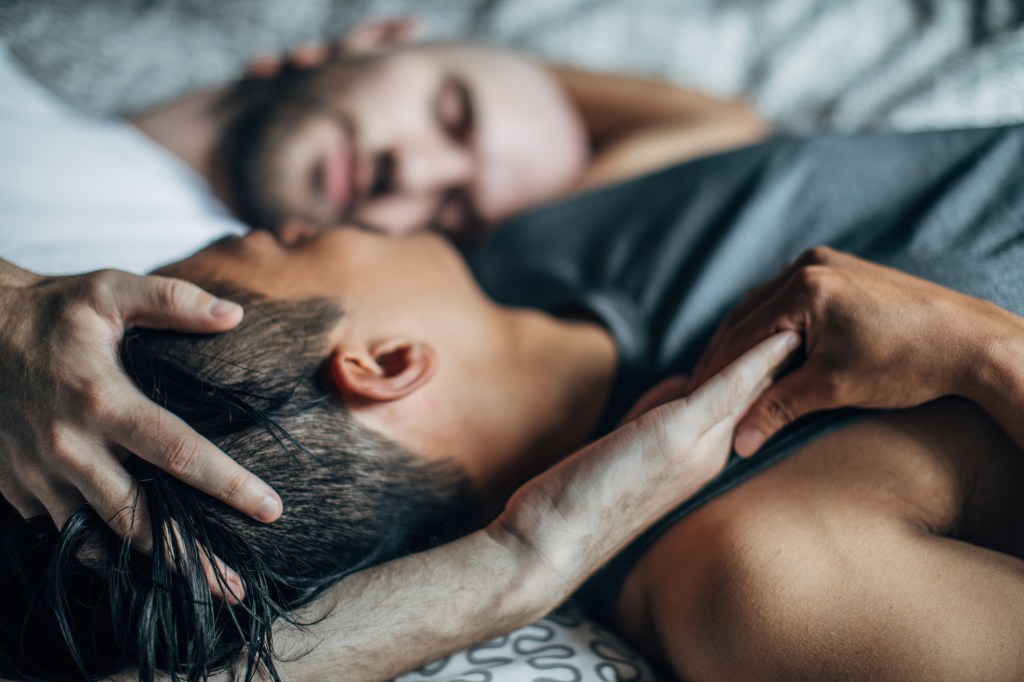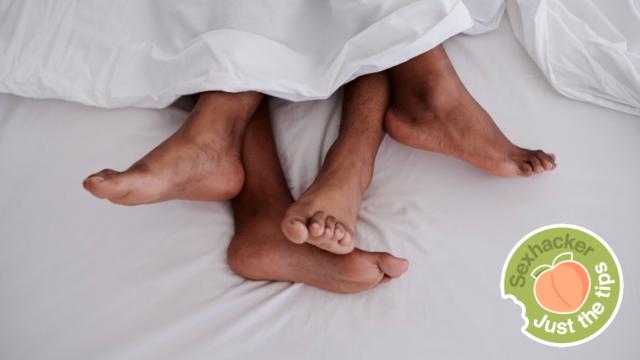If you cast your mind back about a year (or so), you may recall we took a look at some mighty interesting data that came out of NORMAL’s Big Sex Survey. The report took the responses of over 1,000 Aussies across assorted demographics and offered a window into what was going on in their bedrooms. Well, the Big Sex Survey is back for 2022, and it has a new crop of data ready to explore. First, I’d like to chat about the issues that are hindering the sexual satisfaction of Australians right now.
So, let’s dive in, shall we?
What are the biggest issues impacting sex for Aussies?

Low libido is affecting loads of us
In 2021, the data indicated that, above all else, confidence was a problem hindering sexual satisfaction for people. Across most demographics, body image issues, difficulty voicing sexual preferences and generally not feeling confident in sex presented as some of the most common problems when it came to accessing pleasure.
This year, things have shifted somewhat. Instead of confidence leading the charge as the main problem impacting our sex lives, low libido is now the most common sexual issue affecting Aussies in the bedroom.
NORMAL’s reflection (and the reporting of a number of outlets) on this suggests that widely-experienced low libido may be a side effect of the pandemic and extended lockdowns – during which folks were either experiencing a ‘thriving’ sex life or one that was barely ‘surviving’.
In terms of who is being impacted by low libido, the Big Sex Survey indicated that overall, it was the top-reported sexual issue for both female-identifying and male-identifying folks. But in addition to that, it also topped the list for people living with chronic illness, Boomers, Millennials and lesbians.
According to NORMAL, one-quarter of people who report having experienced issues with low libido have bought over-the-counter supplements to try and counter this. This is concerning when you consider studies show many of these kinds of products are ineffective.
Conservative and religious upbringings are commonly linked to issues with sexual satisfaction
When looking at the kinds of people who ‘always or almost always’ orgasm during partnered sex, NORMAL uncovered some fairly interesting trends.
The groups that reported the lowest rates of regular orgasm included neurodivergent people (50%), people living with mental illness (52%) and those with a conservative upbringing (56%).
Additionally, folks coming from a practising religious background were twice as likely to report feelings of shame around sex, as well as issues reaching orgasm alone.
In some positive news, however, the data indicates that the gender orgasm gap is closing. Yay!
Zooming out a little, NORMAL’s survey suggested that 61 per cent of Aussies state they reach orgasm almost always. However, only 11 per cent (yes, eleven!) rate themselves higher than “somewhat satisfied” with their sex lives. What!
The takeaway with this is that orgasm isn’t everything, and there’s a real need for people to hone in on what issues are getting in the way of sexual satisfaction for them. As well as building an understanding of what works for their bodies, beyond the big O.
Our relationship with genitals plays a part, too
You can hardly have a discussion about sex and issues with finding pleasure without talking about genitals. And according to NORMAL’s survey, they have a pretty major role when it comes to barriers to sexual enjoyment.
Per the Big Sex Survey, one-in-five people experience some kind of anxiety about their genitals. The kinds of concerns people are feeling are (mostly) broken into these categories.
- 18 per cent shared they feel worried about the appearance of their genitals
- 17 per cent report feeling concerned about the smell of their genitals
- 9 per cent said they felt disconnected from sensation in their genitals
- 5 per cent stated they worried about genitals getting in the way of sexual pleasure
Then there’s the issue of confidence in bringing pleasure to certain body parts. The survey suggests that Australians are most comfortable bringing pleasure to the clitoris (58%), followed by the vagina (55%) and the nipples (49%).
Then, when it comes to the penis, the numbers really dip. Only 37 per cent of people feel comfortable bringing pleasure to the shaft, 29 per cent for the foreskin and 28 per cent are confident around the testicles.
On this, NORMAL stated that “we have a higher level of understanding of anatomy for people with vulvas than for people with penises”. The only exception here was for people with penises in the LGBTQ+ community.
So, there is some learning to be done, it seems.
What else is worth noting when it comes to issues with sexual pleasure?
I mean, there is a lot. So I’d suggest going through and checking out the results of the report in full here.
But another point worth keeping in mind is that sexual education is seemingly still failing us (are we surprised?). The LGBTQ+ community is most impacted here, with 3 per cent of people reporting having been taught about safe LGBTQ+ sex at school.
However, the survey highlighted that larger numbers of people are seeking out information online – as well as learning through partners and friends. Encouragingly, the use of sex education platforms appears to be on the rise, too.

Leave a Reply
You must be logged in to post a comment.